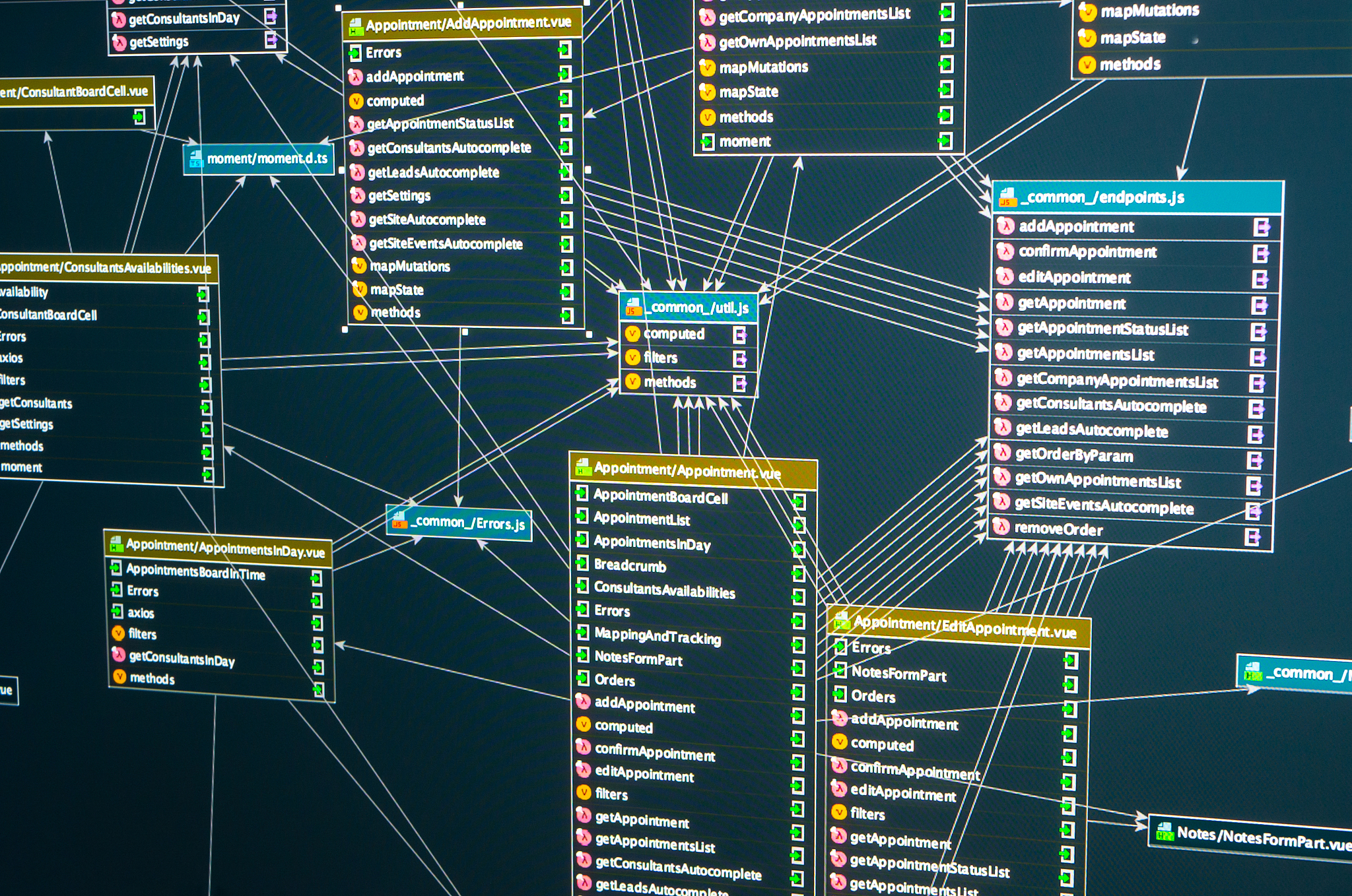递归下降分析程序实现文法识别 - Java 代码示例
下面是使用 Java 实现的递归下降分析程序,用于识别给定单词序列是否符合文法 G(A): A→iB*e, B→SB|, S→[eC]|.i, C→eC|e。
import java.util.Scanner;
public class RecursiveDescentParser {
private static int index; // 当前读入单词在字符串中的下标
private static String input; // 待分析的字符串
public static void main(String[] args) {
Scanner sc = new Scanner(System.in);
input = sc.nextLine(); // 读入待分析的字符串
index = 0; // 初始化下标为0
if (A()) {
if (index == input.length()) {
System.out.println('Success');
} else {
System.out.println('Error');
}
} else {
System.out.println('Error');
}
}
// A -> iB*e
private static boolean A() {
if (input.charAt(index) == 'i') {
index++;
if (B()) {
if (input.charAt(index) == '*') {
index++;
if (input.charAt(index) == 'e') {
index++;
return true;
}
}
}
}
return false;
}
// B -> SB | ε
private static boolean B() {
if (S()) {
if (B()) {
return true;
}
}
return true; // ε产生式
}
// S -> [eC] | .i
private static boolean S() {
if (input.charAt(index) == '[') {
index++;
if (input.charAt(index) == 'e') {
index++;
if (C()) {
if (input.charAt(index) == ']') {
index++;
return true;
}
}
}
} else if (input.charAt(index) == '.') {
index++;
if (input.charAt(index) == 'i') {
index++;
return true;
}
}
return false;
}
// C -> eC | ε
private static boolean C() {
if (input.charAt(index) == 'e') {
index++;
if (C()) {
return true;
}
}
return true; // ε产生式
}
}
输入样例 1:
ie*e
输出样例 1:
Success
输入样例 2:
[iieeeeeeeeeeC].i
输出样例 2:
Success
输入样例 3:
iieeeeeeeeee
输出样例 3:
Error
代码说明:
- 程序通过递归调用函数 A、B、S、C 来匹配相应的语法规则。
- 每个函数负责判断当前单词是否符合对应的产生式,并更新下标 index 指向下一个单词。
- 如果匹配成功,函数返回 true,否则返回 false。
- 最后,程序判断是否所有单词都被匹配,并输出 'Success' 或 'Error'。
递归下降分析的优点:
- 代码结构清晰,易于理解和维护。
- 相比其他方法,实现较为简单。
递归下降分析的缺点:
- 对于左递归文法,需要进行改造才能处理。
- 效率可能不如其他分析方法高。

原文地址: https://www.cveoy.top/t/topic/oPPn 著作权归作者所有。请勿转载和采集!